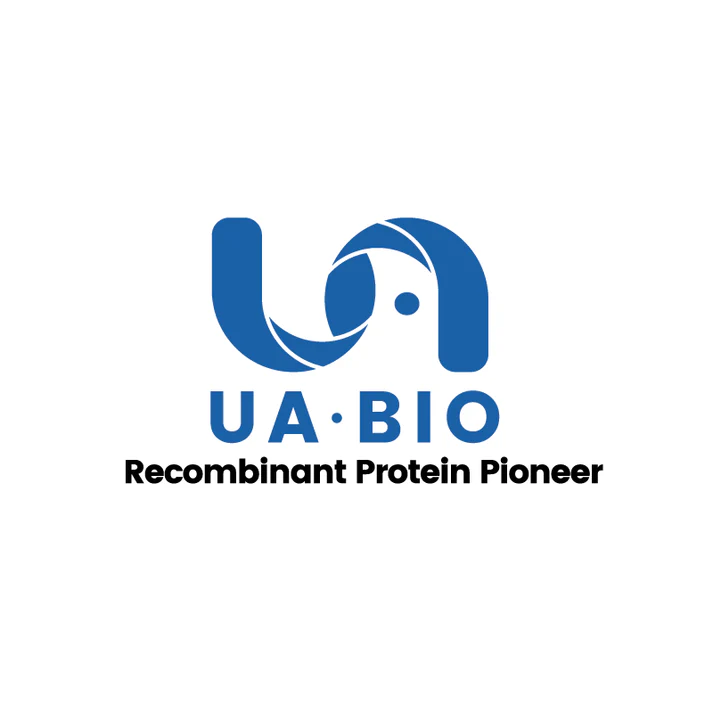Determined by its ability to inhibit alkaline phosphatase activity in differentiating MC3T3/E1 osetoblast cells. The expected ED50 for this effect is less than 50ng/ml.
Product Details
Product Details
Product Specification
| Species | Mouse |
| Synonyms | GDF15, GDF-15, MIC-1, MIC1, NAG-1, PDF, PLAB, PTGFB, NRG-1 |
| Accession | Q9Z0J7 |
| Amino Acid Sequence | Ser189-Ala303 |
| Expression System | E.coli |
| Molecular Weight | 25kDa (Non-reducing) |
| Purity | >95% by SDS-PAGE |
| Endotoxin | <0.1EU/μg |
| Conjugation | Unconjugated |
| Tag | No Tag |
| Physical Appearance | Lyophilized Powder |
| Storage Buffer | 50mM HAc, pH2.9 |
| Reconstitution | Reconstitute at 0.1-1 mg/ml according to the size in ultrapure water after rapid centrifugation. |
| Stability & Storage | · 12 months from date of receipt, lyophilized powder stored at -20 to -80℃. · 3 months, -20 to -80℃ under sterile conditions after reconstitution. · 1 week, 2 to 8℃ under sterile conditions after reconstitution. · Please avoid repeated freeze-thaw cycles. |
| Reference | 1. Review Front Immunol. 2020 May 19;11:951. |
Background
Growth differentiation factor 15 (GDF-15) is a polypeptide hormone belonging to the transforming growth factor β (TGF-β) superfamily. GDF-15 is highly expressed in placenta and is expressed at lower levels in kidney, pancreas, prostate and colon. Similarly to other TGF-beta family proteins, GDF-15 is synthesized as a large precursor protein that is cleaved at the dibasic cleavage site (RXXR) to release the carboxy-terminal domain. GDF-15 has been studied to have a wide range of biological functions in physiology and pathology, especially in aging, cancer, and metabolic processes.
Picture
Picture
Bioactivity
SDS-PAGE
1μg (R: reducing condition, N: non-reducing condition).


